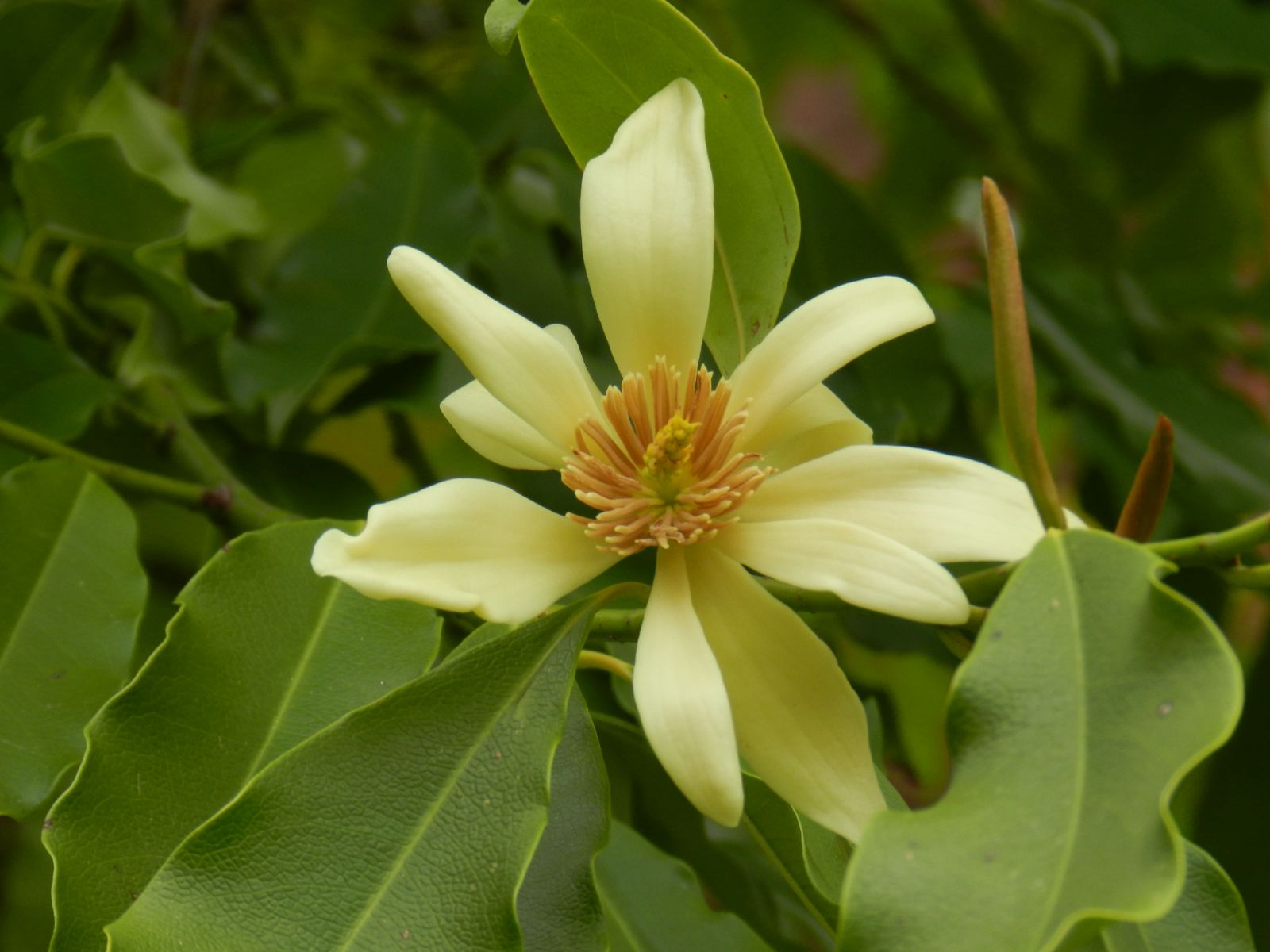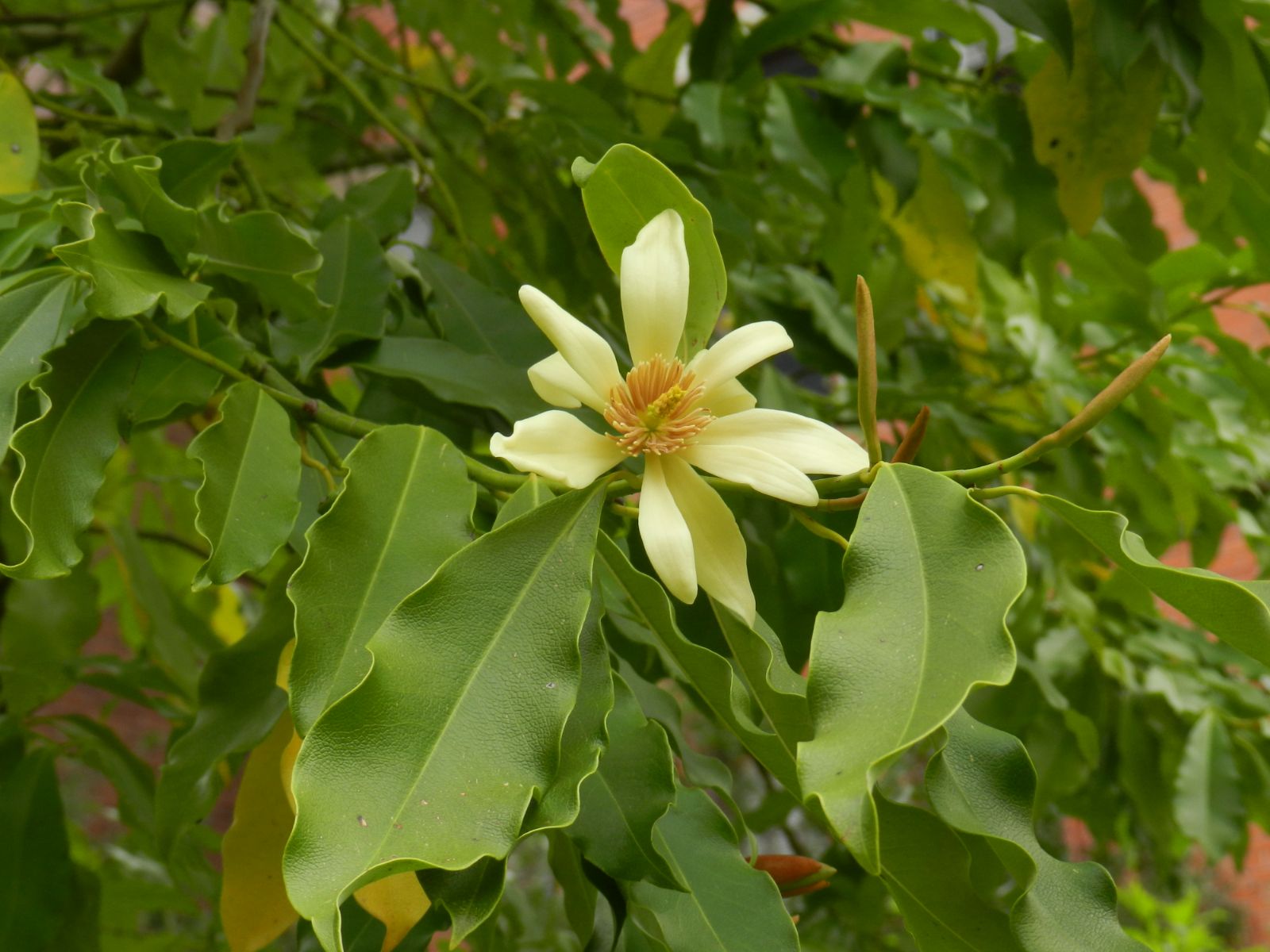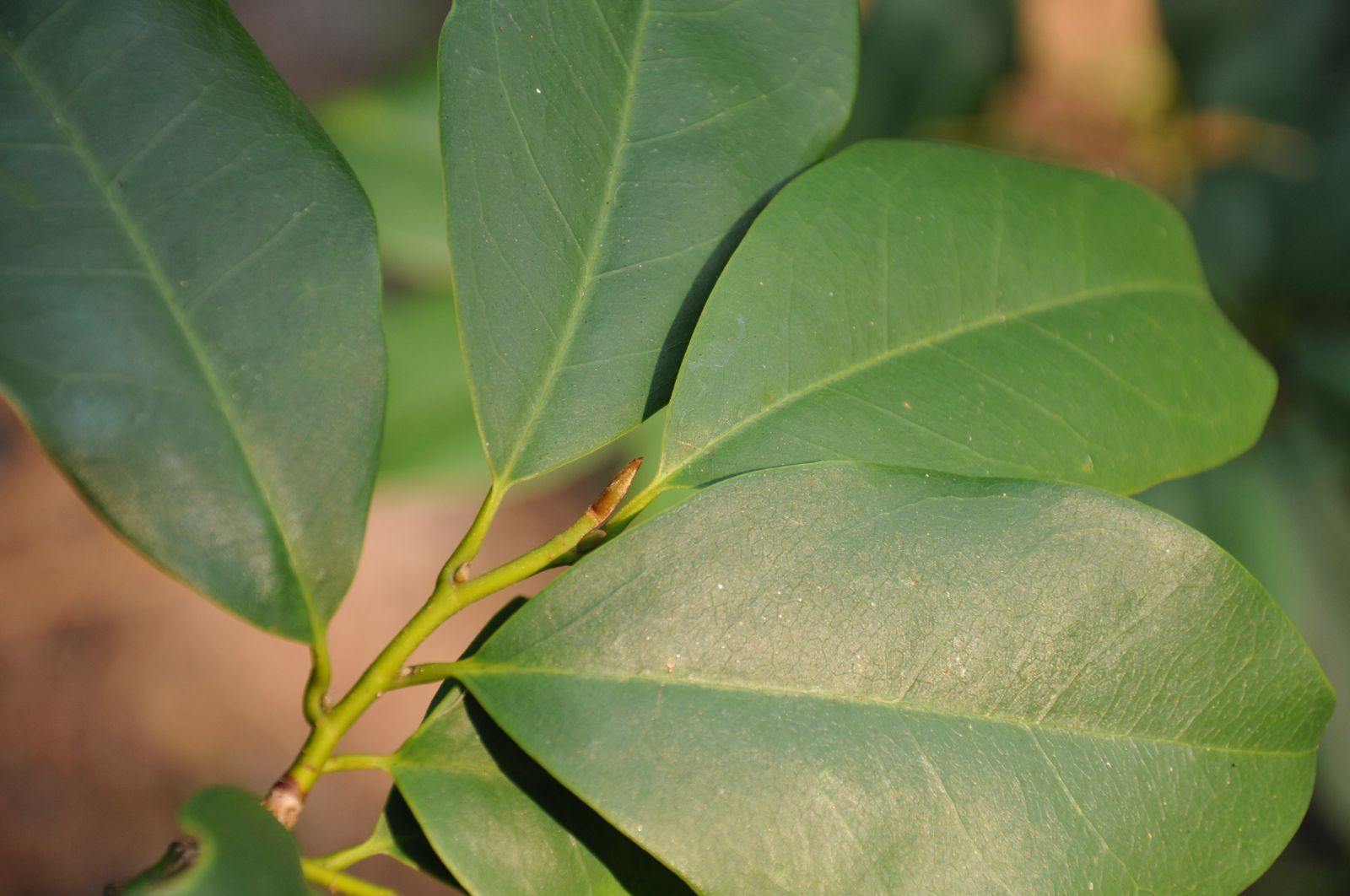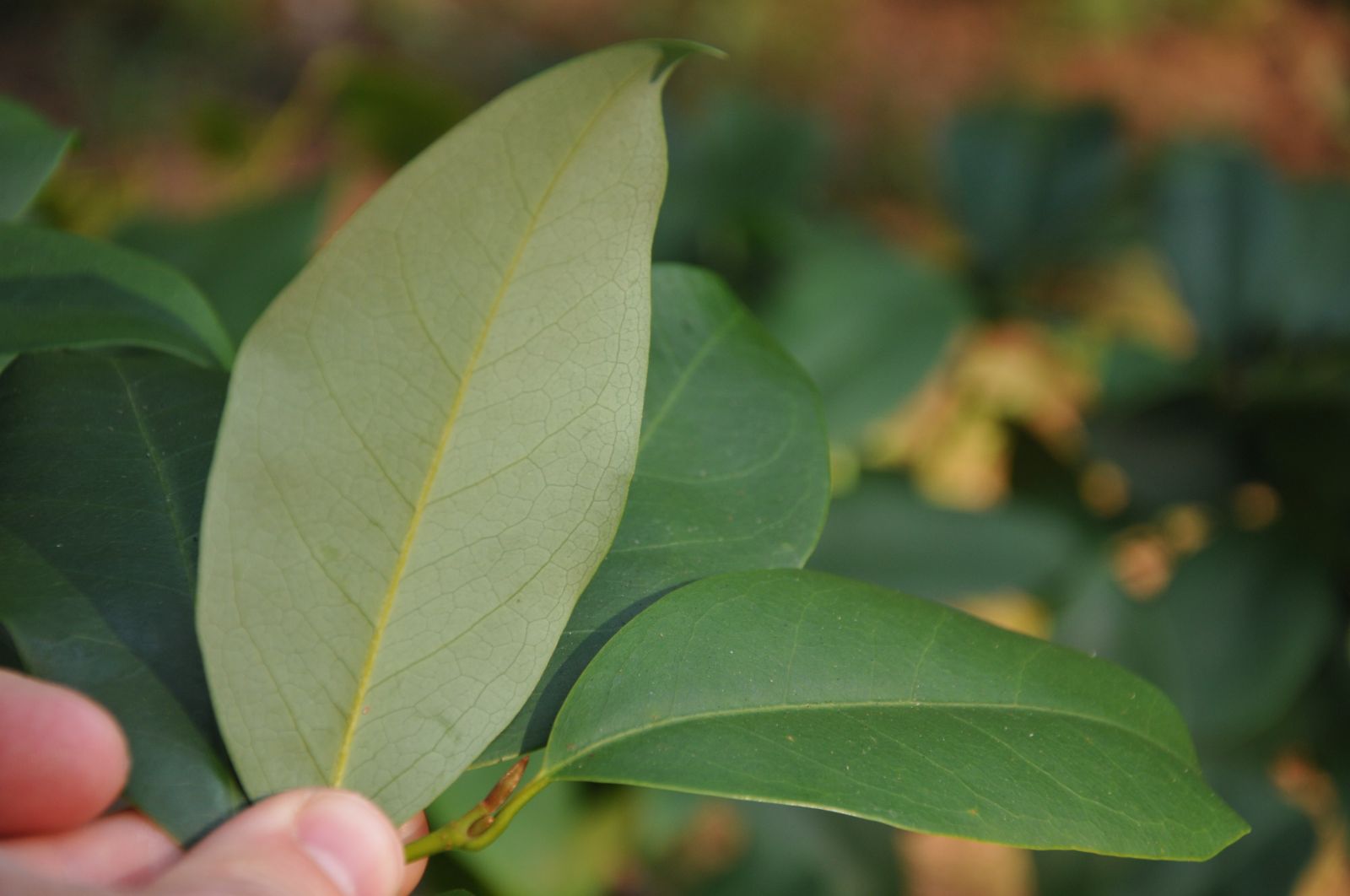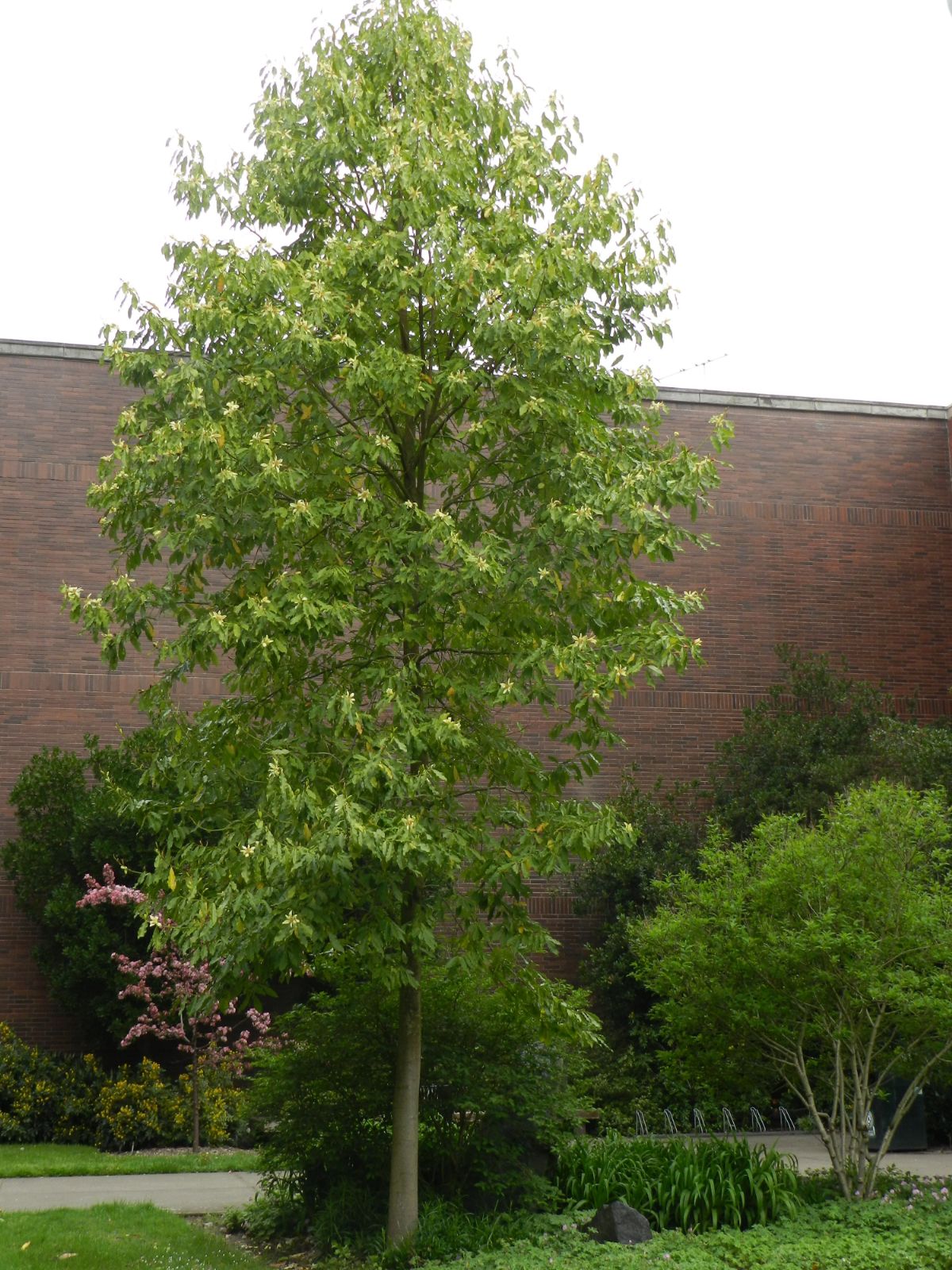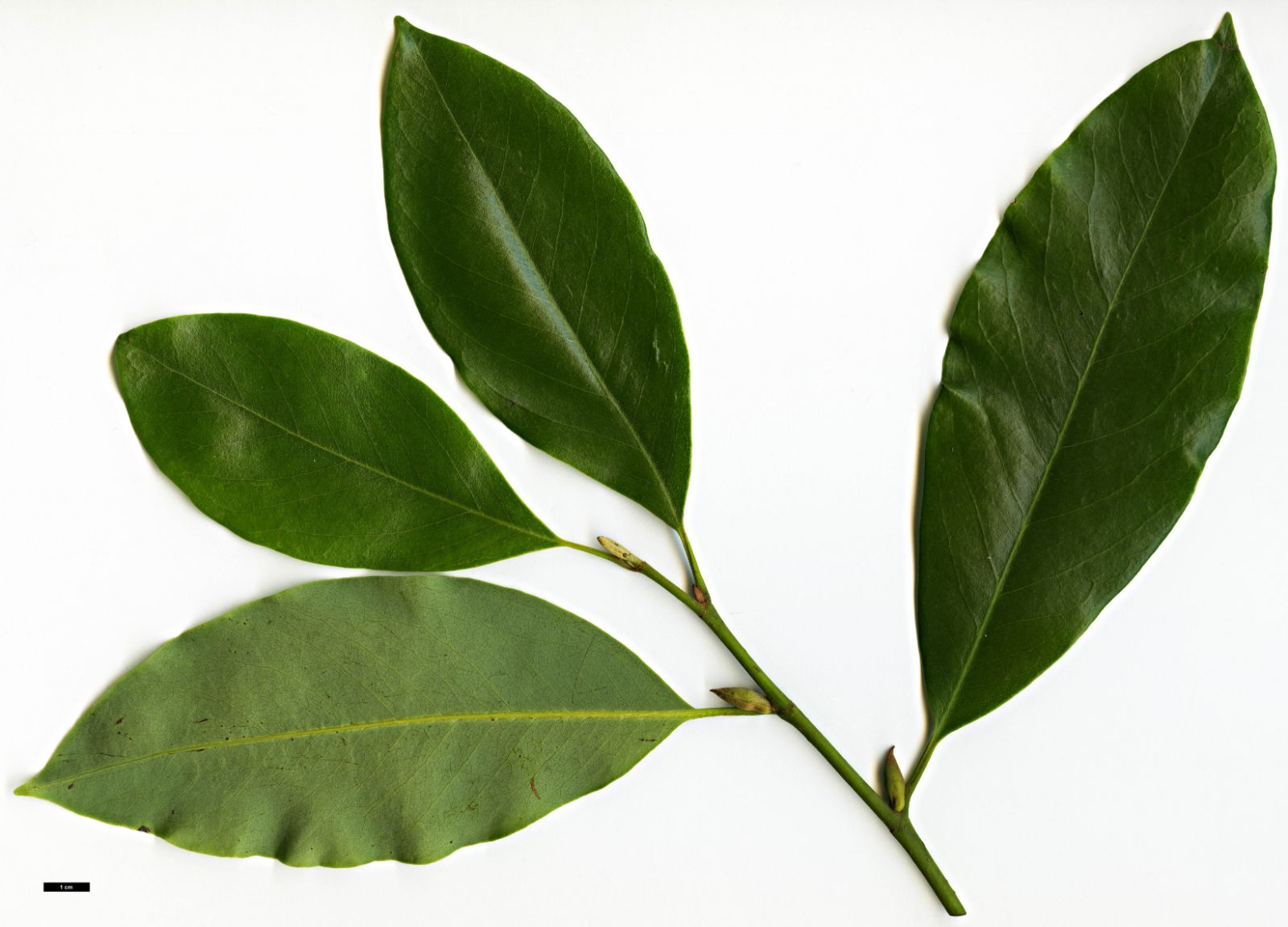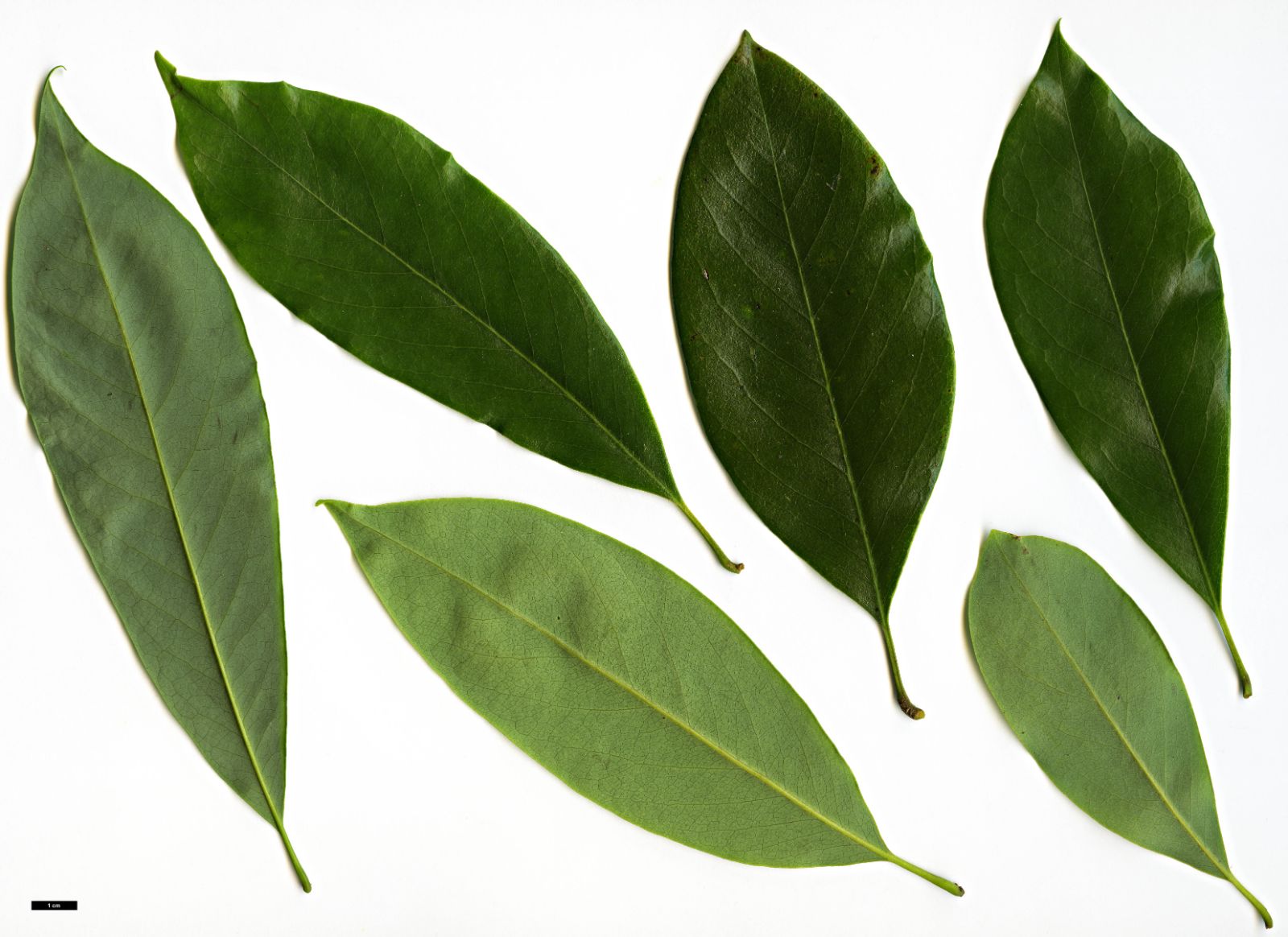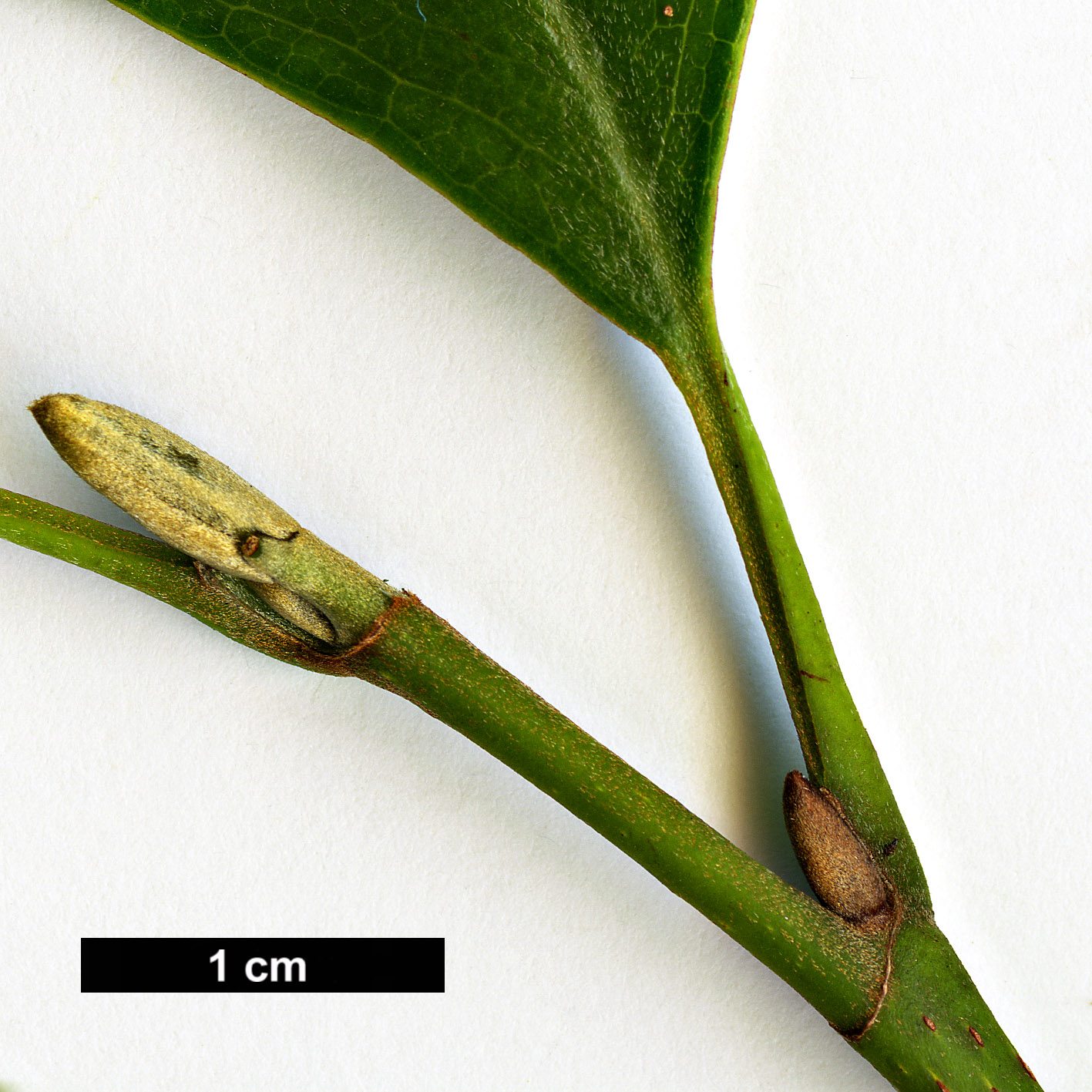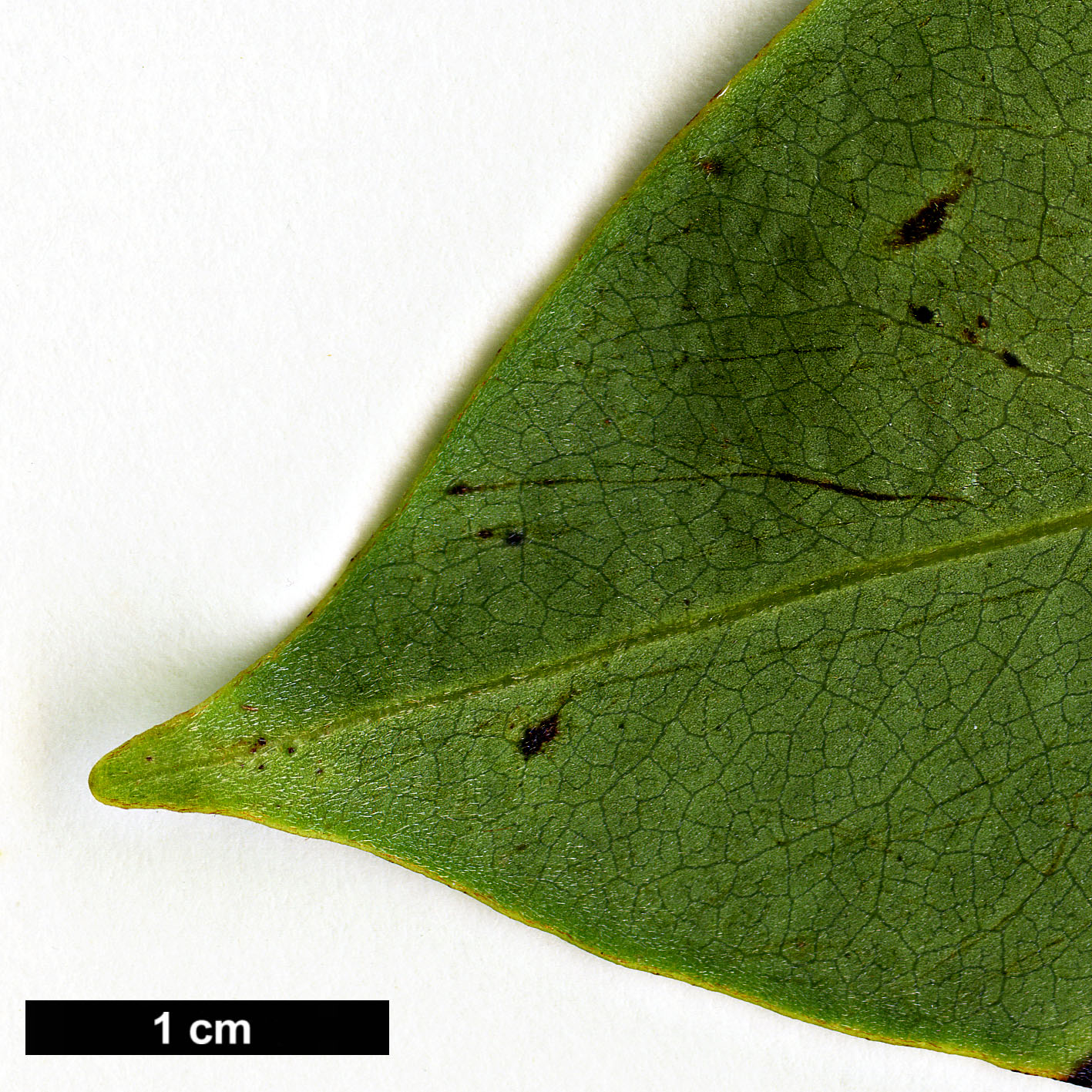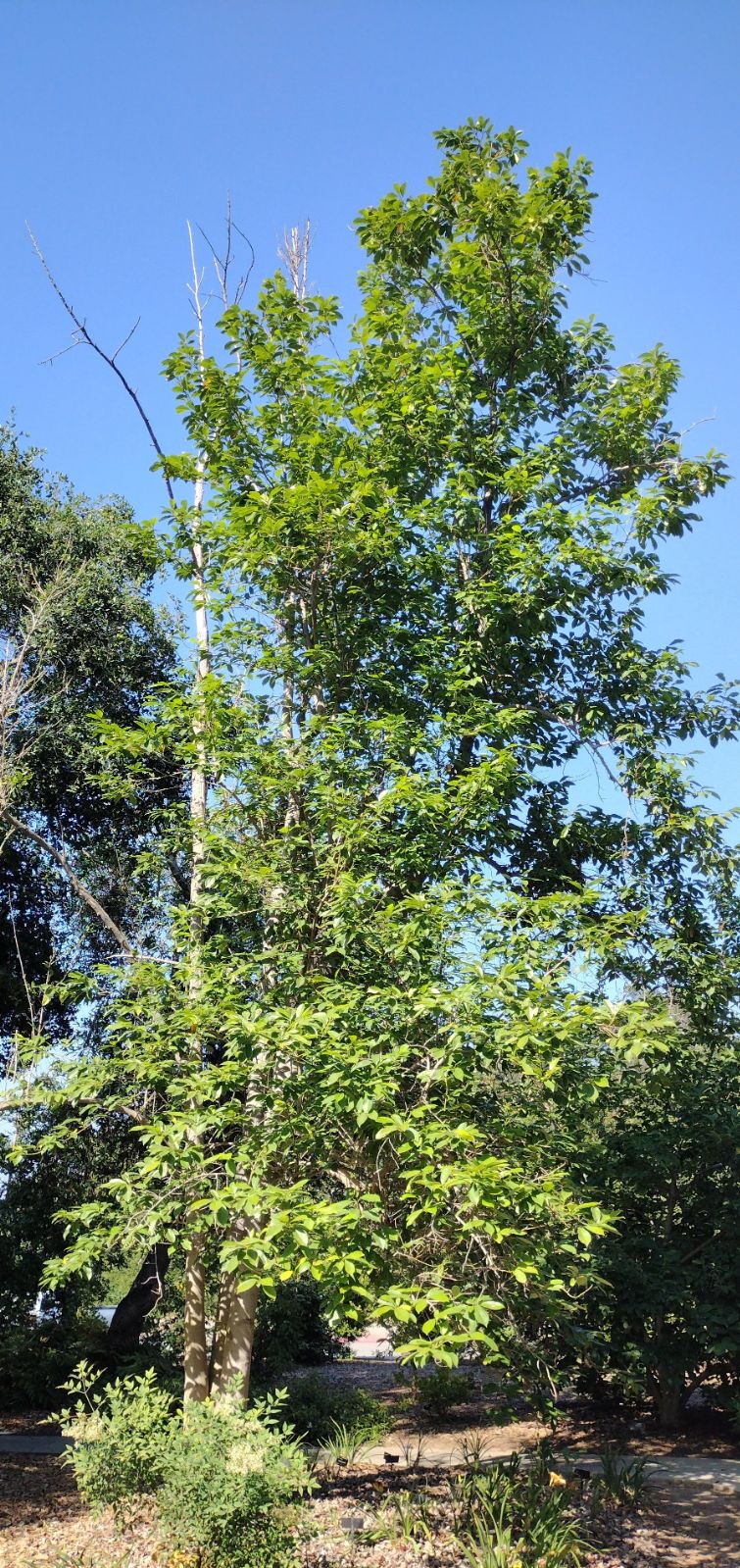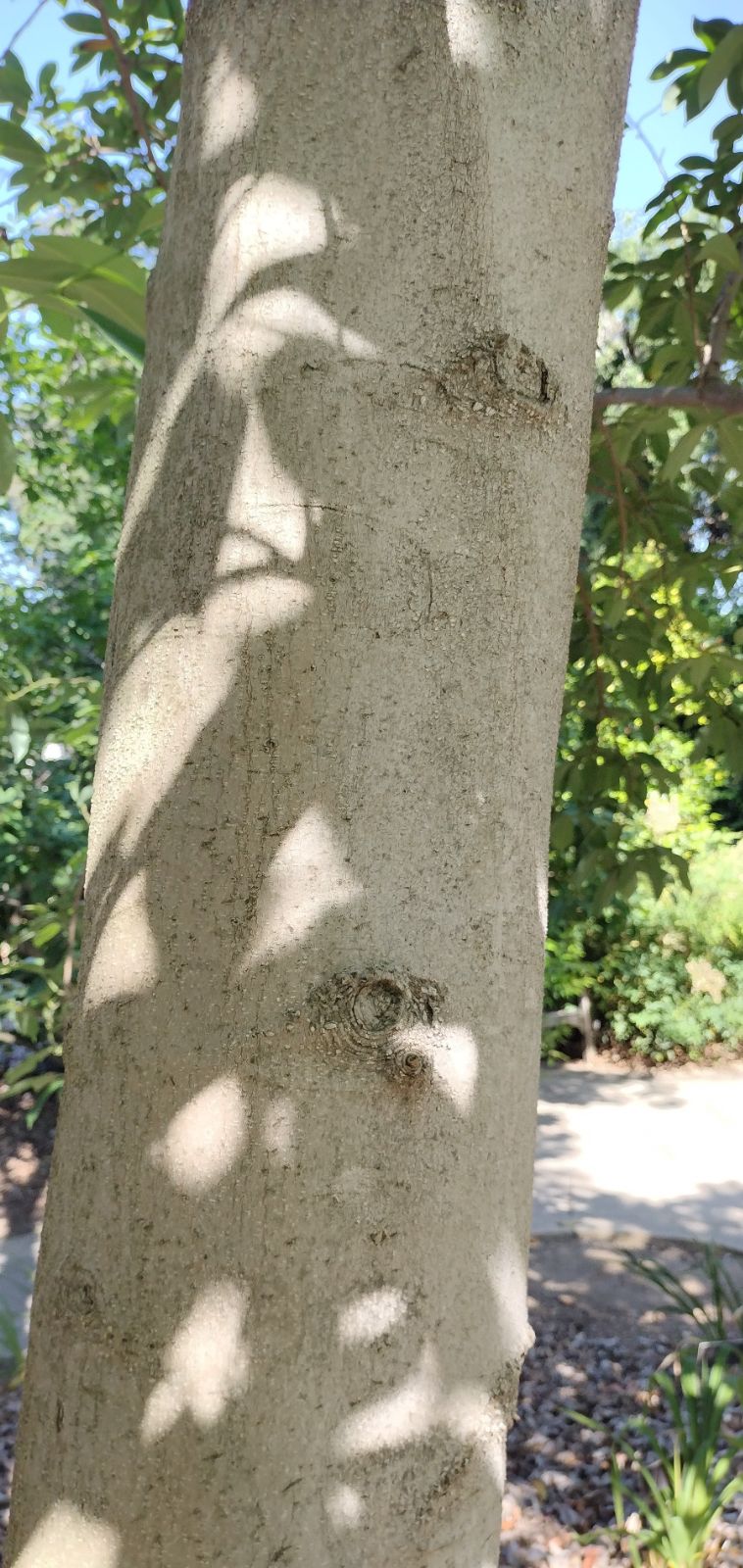Magnolia ernestii
Sponsor
Kindly sponsored by
The Roy Overland Charitable Trust

Credits
Julian Sutton (2022)
Recommended citation
Sutton, J. (2022), 'Magnolia ernestii' from the website Trees and Shrubs Online (treesandshrubsonline.
Genus
- Magnolia
- Section Michelia
Common Names
- Yellow Lily Tree
- e mei han xiao
Synonyms
- Michelia wilsonii Finet & Gagnep.
- Michelia sinensis Hemsl. & E.H. Wilson
- Michelia szechuanica Dandy
Other taxa in genus
- Magnolia acuminata
- Magnolia × alba
- Magnolia amabilis
- Magnolia amoena
- Magnolia aromatica
- Magnolia biondii
- Magnolia × brooklynensis
- Magnolia campbellii
- Magnolia cathcartii
- Magnolia cavaleriei
- Magnolia caveana
- Magnolia champaca
- Magnolia changhungtana
- Magnolia chapensis
- Magnolia compressa
- Magnolia conifera
- Magnolia Cultivars A
- Magnolia Cultivars B
- Magnolia Cultivars C
- Magnolia Cultivars D
- Magnolia Cultivars E
- Magnolia Cultivars F
- Magnolia Cultivars G
- Magnolia Cultivars H–I
- Magnolia Cultivars J
- Magnolia Cultivars K
- Magnolia Cultivars L
- Magnolia Cultivars M
- Magnolia Cultivars N–O
- Magnolia Cultivars P
- Magnolia Cultivars Q–R
- Magnolia Cultivars S
- Magnolia Cultivars T
- Magnolia Cultivars U–V
- Magnolia Cultivars W–Z
- Magnolia cylindrica
- Magnolia dandyi
- Magnolia dawsoniana
- Magnolia de Vos and Kosar hybrids
- Magnolia decidua
- Magnolia delavayi
- Magnolia denudata
- Magnolia doltsopa
- Magnolia duclouxii
- Magnolia figo
- Magnolia floribunda
- Magnolia × foggii
- Magnolia fordiana
- Magnolia foveolata
- Magnolia fraseri
- Magnolia fulva
- Magnolia globosa
- Magnolia × gotoburgensis
- Magnolia grandiflora
- Magnolia grandis
- Magnolia Gresham hybrids
- Magnolia guangdongensis
- Magnolia hookeri
- Magnolia insignis
- Magnolia Jury hybrids
- Magnolia × kewensis
- Magnolia kobus
- Magnolia kwangtungensis
- Magnolia laevifolia
- Magnolia lanuginosa
- Magnolia leveilleana
- Magnolia liliiflora
- Magnolia × loebneri
- Magnolia lotungensis
- Magnolia macclurei
- Magnolia macrophylla
- Magnolia martini
- Magnolia maudiae
- Magnolia nitida
- Magnolia obovata
- Magnolia officinalis
- Magnolia opipara
- Magnolia × proctoriana
- Magnolia × pruhoniciana
- Magnolia rostrata
- Magnolia salicifolia
- Magnolia sapaensis
- Magnolia sargentiana
- Magnolia sieboldii
- Magnolia sinensis
- Magnolia sinica
- Magnolia sinostellata
- Magnolia × soulangeana
- Magnolia sprengeri
- Magnolia stellata
- Magnolia tamaulipana
- Magnolia × thomsoniana
- Magnolia tripetala
- Magnolia × veitchii
- Magnolia virginiana
- Magnolia × wieseneri
- Magnolia wilsonii
- Magnolia xinganensis
- Magnolia yunnanensis
- Magnolia yuyuanensis
- Magnolia zenii
Evergreen tree to 20 m. Branchlets yellow or black-brown, glabrous or tomentose. Leaves thin, leathery, 11.5–14(–18) × 4–6 cm, obovate to elliptic, upper surface dark green and glossy with pubescence particularly on the midrib, lower surface glaucous with dense, minute yellowish brown hairs, 8–13 secondary veins on each side of the midrib, margins entire, apex short-acuminate; petiole 1.2–1.5 cm long and pubescent, stipular scar 2–4 mm (absent in subsp. szechuanica). Flowers on axillary shoots, yellowish white, fragrant, brachyblast 0.7–1 cm long with three (to four) bracts; tepals 9–12, 4–5 × 1–2.5 cm, obovate to spathulate; stamens green to cream or yellow; gynoecium stipitate with many brown- or silver-tomentose carpels. Fruits 13.5–15.5 cm long, cylindrical; ripe carpels subglobose, purplish brown, 1–2 cm long with a hooked beak and lenticels. Flowering March to May, fruiting August to September (China). Diploid 2n=38 (subsp. ernestii). (Chen & Nooteboom 1993; Liu et al. 2004; Xia, Liu & Nooteboom 2008).
Distribution China Chongqing, Guizhou, Hubei, Hunan, Jiangxi, Sichuan, Yunnan
Habitat Forests and temple gardens, 600–2000 m.
USDA Hardiness Zone 7a-9
RHS Hardiness Rating H4
Conservation status Data deficient (DD)
Taxonomic note Xia, Liu & Nooteboom (2008) and others distinguish subsp. szechuanica (Dandy) Sima & Figlar (stipular scar absent; Chongqing, Guizhou, W Hubei, Hunan, S Sichuan, NE Yunnan) from subsp. ernestii (stipular scar 2–4 mm; Guizhou, SW Hubei, Jiangxi, C and W Sichuan, SE Yunnan).
Out of the rash of late 20th century introductions from Section Michelia, a few species are emerging as candidates for planting well beyond the gardens of specialists and collectors. One such is Magnolia ernestii. A fast growing evergreen tree of warm temperate forests across a wide area in southern China, it suits parts of our area with mild winters, warm summers and a reasonably high rainfall. Quickly forming tall, upright specimens, the maximum recorded height of wild trees (20 m) has probably already been equalled somewhere in the Pacific Northwest. The only problem with having it as such a large tree is that the flowers are almost invisible up in the crown, but they are so fragrant that their scent perfumes the air around (Wharton 2007).
This was one of the earlier species of Section Michelia to be described (as Michelia wilsonii), in 1906; the type specimen (Wilson for Veitch 3136) was collected in Sichuan (Chen & Nooteboom 1993), but if Wilson ever collected seed nothing came of it. It was not until 1993 that Piroche Plants of British Columbia offered it, in one of the earliest ‘modern’ introductions of Asian evergreen magnolias. The taxonomic ‘sinking’ of Michelia in Magnolia (see introduction to the genus) required a potentially confusing name change. Since the name Magnolia wilsonii had already been used (a familiar species in Section Oyama), a new specific name was required for the former Michelia. Dick Figlar’s new epithet ernestii continues to honour Ernest Wilson, making him one of very few individuals commemorated by two species in a single genus.
Material from Piroche was rapidly passed among enthusiasts, and offered by other specialist nurseries in the Pacific Northwest. In 1995 Sean Hogan gave a plant to the University of British Columbia Botanical Garden, Vancouver. In good (i.e. wet) seasons it grows at over 60 cm per year and by 2007 had reached an extraordinary 16 m tall. The top of this specimen was broken by snow in November 2006, but it was unaffected by the –9°C experienced at the same time (Wharton 2007). It typically defoliates at about –6 °C, with the lamina detaching from the petiole, although the tree itself will tolerate lower temperatures, surviving equably to –12 °C and sometimes less (Hogan 2008). A specimen at Washington Park, Seattle, was successfully transplanted from a private garden at 6 m tall (Matin 2020). In Portland, Oregon, Sean Hogan and the late Parker Sanderson have used it as a street tree with great success, complementing older plantings nearby of Magnolia virginiana (var. australis), although the veteran observer of American landscape trees Arthur Lee Jacobson (Jacobson 2009) felt that it was less ornamental than either M. virginiana or M. grandiflora.
It is doing well in the few British gardens where it has been planted. A specimen at Tregrehan, Cornwall (an area noted for its mild winters and high rainfall, but not warm summers) had reached 12 m × 84 cm by 2014 (Tree Register 2021) and was producing its scented, pale yellow flowers by 2016 (Williams 2022). This seems to be a species with great potential for the Atlantic fringes of Europe.

